For now, love yourself and enjoy this one ...
By Andy Bello
Many plant species have been used for medicinal and therapeutic purposes for thousands of year. The species were not only used to their potential medicinal and therapeutic properties but also as an artistic medium through natural arts like bonsai or penjing. Penjing, or the art of a tray landscape, has been practiced by Chinese artists since the Han and Qin Dynasties (221-200 BCE). (Zhao 1997). Around 250 CE, as penjing techniques and practices continued to develop, the Japanese adopted the art form along with religious practices such as Taoism or Buddhism. In Japan, it became known as bonsai which is a combination of tray (bon), planting (sai) and a tree. It is often mispronounced, and is confused with banzai which is a cheer for enthusiasm. The art and practice of bonsai spread after WWII, when Japan opened its borders to the west and introduced western culture. This natural art form, which used plants native to regions where it was developed, has evolved and continues to evolve to this day. People in many countries began to experiment with native species as they learned how to cultivate in containers and the care required. It has led to the creation of many new and exciting species, which we can use for artistic expression. We can share them, grow them, and learn about their care.
Many plants have medicinal uses and can be used for penjing and bonsai. These art forms are not limited to woody plants, but they do use them. This includes trees, shrubs and vines that tend not to die to their roots in winter. It allows us to shape the woody tissue over time and maintain the foliage in order to express our artistic vision. It is important to note that this should not be viewed as a limitation. Plants such as chrysanthemums, with their woody stems, can survive several years when properly protected during winter.
Juniperus is one of the most common genera and its many species used in the art form throughout history. Junipers are used for a variety of medicinal purposes and can be used to create dramatic and stunning art specimens. The wood is resinous and can last many years. They often have deadwood, either naturally or artificially. It creates an interesting contrast and shows resilience and the struggle to survive in the natural world. The white sections in the above photo are dead wood treated with a solution of lime and sulfur to preserve it and make it stand out more against the reddish-brown tissue.
Fagus, also known as beech trees, is another common genus. Japanese beech or European beech is usually preferred because of their smaller genetically and smoother white bark. The American beech tree, Fagus grandeifolia, is a beautiful specimen and also has medicinal benefits. This deciduous tree has a beautiful, smooth and long-lasting bark. Beech trees with fine twigs can be pruned to create a stunning winter silhouette. This is prized for bonsai, penjing and other forms of ornamental planting.
Bonsai and penjing can be made from plants that are more commonly used in herb gardens. Rosemary is a good candidate for this art form. It is a woody, strong stem that can last for years. It also has interesting bark, flowers and strong aromas.
Chrysanthemums are a valuable cultural and medicinal plant that has been used throughout history. Chrysanthemum Bonsai is a wonderful way to enjoy and learn about the art form. In a year, a single plant that is propagated during mid-late winter will be trained to flower. They are less long-lived than the species previously mentioned, due to their single woody stem. They still create a beautiful flower-filled display.
To maintain and grow beautiful bonsai, you must know the techniques of training and shaping. The daily care and dedication required for bonsai, penjing or any other plant in a pot is a part of horticultural practice. Health is a combination of factors including sunlight, watering, fertilizing, managing pests and diseases, and hardiness. Each plant you choose to grow inside a pot has its own needs and requirements. Consider the native environment of that plant. Before you decide to add it to your collection, research its needs and care.
The bonsai or penjing training and shaping technique you use will depend on the artistic vision that you have for each specimen. Each artist must decide whether to use the correct training and shaping techniques individually or in combination. Two main methods can be used to apply movement to the trunk and branches: the clip-and-grow method and the wire method. The clip and grow technique involves allowing the branch to develop and then cutting back the branch at a bud further towards the trunk. Let the newly selected bud grow into a new branch and repeat. With each cut, the branch will change direction. Over time, this can produce a beautiful, natural-feeling movement. Wiring is a technique that's commonly used to train specimens. You wrap annealed aluminum or copper wire around the branch to bend it and hold it in desired positions. Other, more advanced bending, shaping, and sculpting techniques are available. I encourage anyone who is interested to learn them from workshops, demonstrations and books.
I encourage anyone who is able to give it a go by taking a class for beginners or trying on their own. If you don't want to continue or commit to it, there are many public collections that have many different species to enjoy. For example, The National Bonsai and Penjing museum located at the United States National Arboretum, Washington, DC.
Bonsai with medicinal uses in the National Bonsai & Penjing Museum:
Disclaimer on Medicinal Use: The Herb Society of America, Inc. does not recommend or advise the use of herbs as a medicine or for health purposes. This information is provided for educational purposes and should not be construed as an endorsement or recommendation of a particular medical or healthcare treatment. Consult your health care provider prior to using herbal remedies.
Salvia rosmarinus is a synonym for Rosemary. Rosmarinus officinalis (rosemary); 5 Chrysanthemum; 5 bonsai wiring Diagram; 6 Olea Europaea (olive); 7 Plinia Jaboticaba. All photos courtesy the National Bonsai & Penjing Museum, except for #4 (Joseph L. Noga).
References
Valavanis, William N. 2022. Commemorative Album for the Seventh United States National Bonsai Exhibition. New York: International BONSAI 47.
Zhao, Qingquan Zhao 1997. Penjing Worlds of Wonderment Athens: Venus Communications LLC. A Journey Exploring Ancient Chinese Art, Its History, Culture Background, and Aesthetics.
Andy Bello was the first curator's apprentice at the National Bonsai & Penjing Museum, before becoming assistant curator in 2020. He holds a Bachelor of Science degree in Natural Resources Conservation and Management. Andy was working in Oregon, designing and installing native landscapes. He discovered bonsai.
By: The Herb Society of AmericaTitle: Herbal Bonsai and Penjing: History, Examples, and Care
Sourced From: herbsocietyblog.wordpress.com/2023/12/18/herbal-bonsai-and-penjing-history-examples-and-care/
Published Date: Mon, 18 Dec 2023 08:30:00 +0000
Frequently Asked Questions
Is it safe to eat raw garlic?
Raw garlic contains potent compounds that could cause stomach upset. Garlic should always be cooked before eating.
Garlic is one of the oldest known medicinal plants. It has been used since ancient times to treat various ailments.
Today, garlic is still commonly used for treating colds, coughs, and other respiratory infections. In addition, garlic can increase blood circulation, boost immunity, protect against cancer, lower cholesterol levels, prevent heart disease, and reduce stress.
Do not ingest large amounts of raw garlic to avoid possible health problems. It does not harm you if you consume small amounts regularly, however. This is especially true with young children who might accidentally swallow some.
Should You Use Herbs and Spices for Brain Health?
Herbs and spices have been used for centuries to improve brain health. Research shows that these natural remedies may help prevent dementia and Alzheimer's. Some herbs may even boost memory.
However, no scientific evidence proves that eating an herb-rich diet can keep your mind sharp. When it comes to improving cognitive function, there are more effective ways to do it.
One study found that older adults who took 1000 mg of vitamin B6 daily had fewer mental lapses than those taking placebo pills. Another study showed that drinking coffee could increase blood flow to the brain. Other studies suggest that exercise, socialization, and sleep improve brain health.
The bottom line is that herbs and spices probably won't make much difference to your overall health. But they might give you extra energy and focus, which can come in handy during the day.
What is the difference between "regular" and smoked paprika powder?
Regular Paprika Powder (Piment d'Espelette) is an essential ingredient for our recipes. We use it for its intense flavor and color. It's also used as a spice and seasoning agent. Smoked Paprika Powder (Paprika Chorizo) adds a smoky taste and aroma to dishes. Both types of Paprika Powder come from Spain, where they grow the best peppers in the world.
Smoked Paprika Powder (Chorizo Paprika) is made from red peppers, which are dried slowly in special ovens. This gives them a rich flavor. They are then ground and mixed with salt, garlic, and spices.
Regular Paprika Powder (Espelette Paprika) is made by grinding green bell peppers without additives.
Statistics
- For those with high cholesterol, garlic supplementation appears to reduce total and/or LDL cholesterol by about 10-15% (72Trusted Source73Trusted (healthline.com)
- The global herbs market is expected to reach more than $125 billion by the end of 2025.
External Links
[TAG32]
- Peppermint oil (Mintoil®) in the treatment of irritable bowel syndrome: A prospective, double-blind placebo-controlled randomized trial
- Curcumin reverses the effects of chronic stress on behavior, the HPA axis, BDNF expression, and phosphorylation of CREB
[TAG35]
[TAG37]
[TAG39]
How To
How do I know if my herbs have been treated with pesticides?
If you see a pesticide label on your herbs, the plants were sprayed with chemicals before being sold to you.
These chemicals harm human health and could cause cancer or other serious illnesses.
Unfortunately, this practice has become common around the globe. Many countries allow farmers to spray their crops with pesticides without proper regulation.
In order not to harm themselves, consumers should always ask about the source of their produce. If it comes from a farmer near you, it’s safe to assume it was not treated with pesticides.
However, there are still ways to ensure that your herbs are free from harmful chemicals.
However, if you want to ensure that your herbs aren’t contaminated, you can purchase organic herbs directly from the farm.
This way, you won’t need to worry about the safety of your herbs. You can trust that they weren’t exposed to harmful chemicals.
Resources:
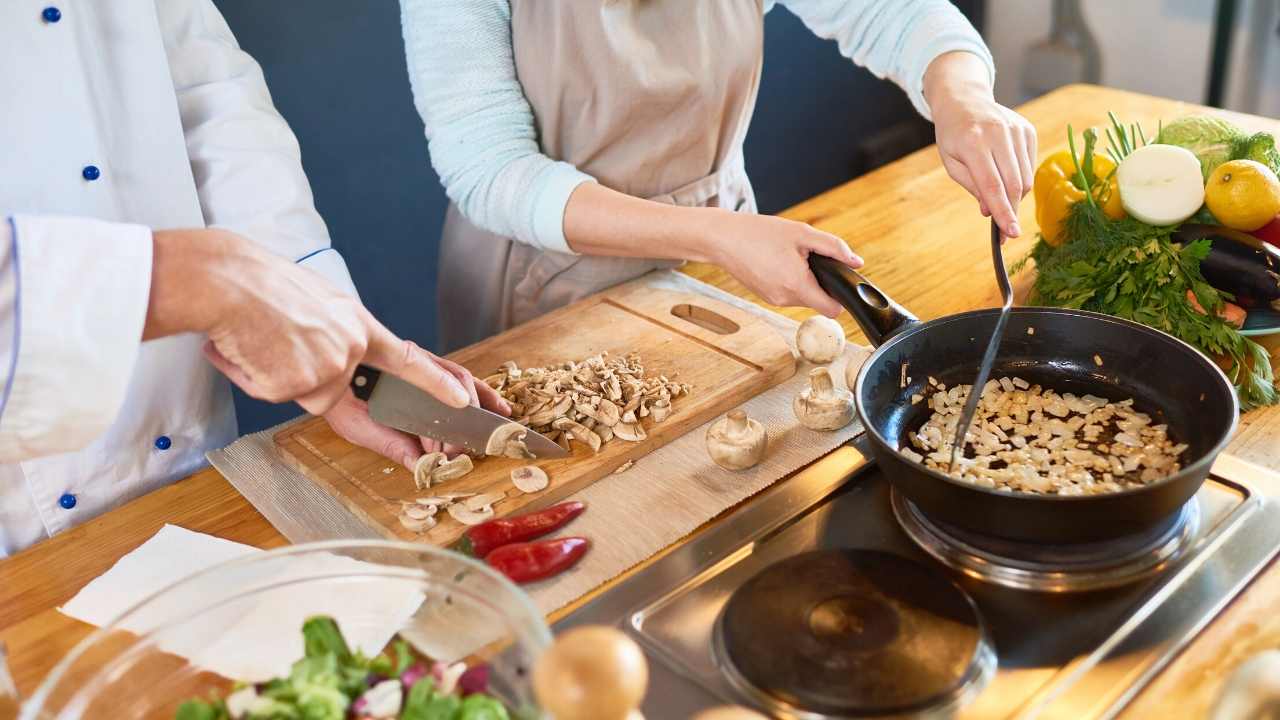 |
[TAG41]In this video we are starting out seedlings for our winter growing in the Tower Garden and we're taking you along for the journey! We'll show you just how easy |
 |
[TAG42]Hope you enjoyed this video and thank you for your support. Don’t forget to like, share and subscribe. PLEASE FOLLOW ME IN FACEBOOK https://www.facebook |
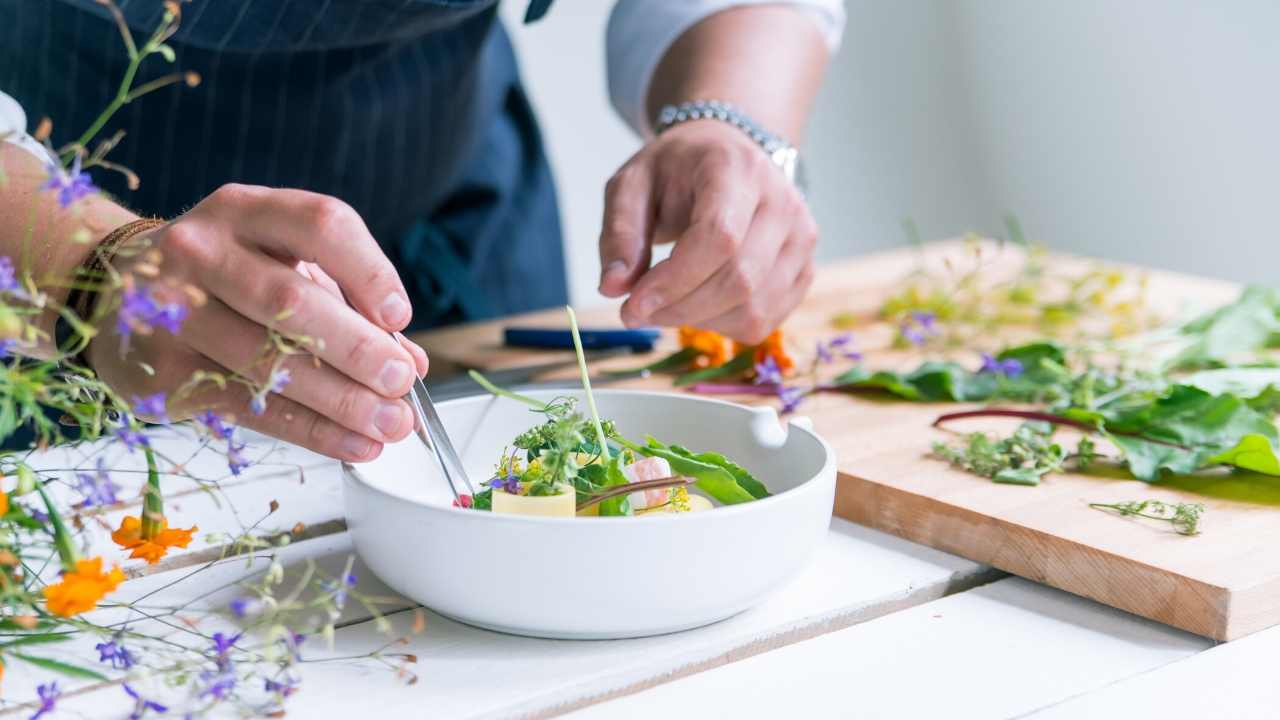 |
[TAG43]Who was the Marble Looking Man? Paul Sinclair shares his accounts of unusual and strange happenings in an around East and North Yorkshire. We now have |
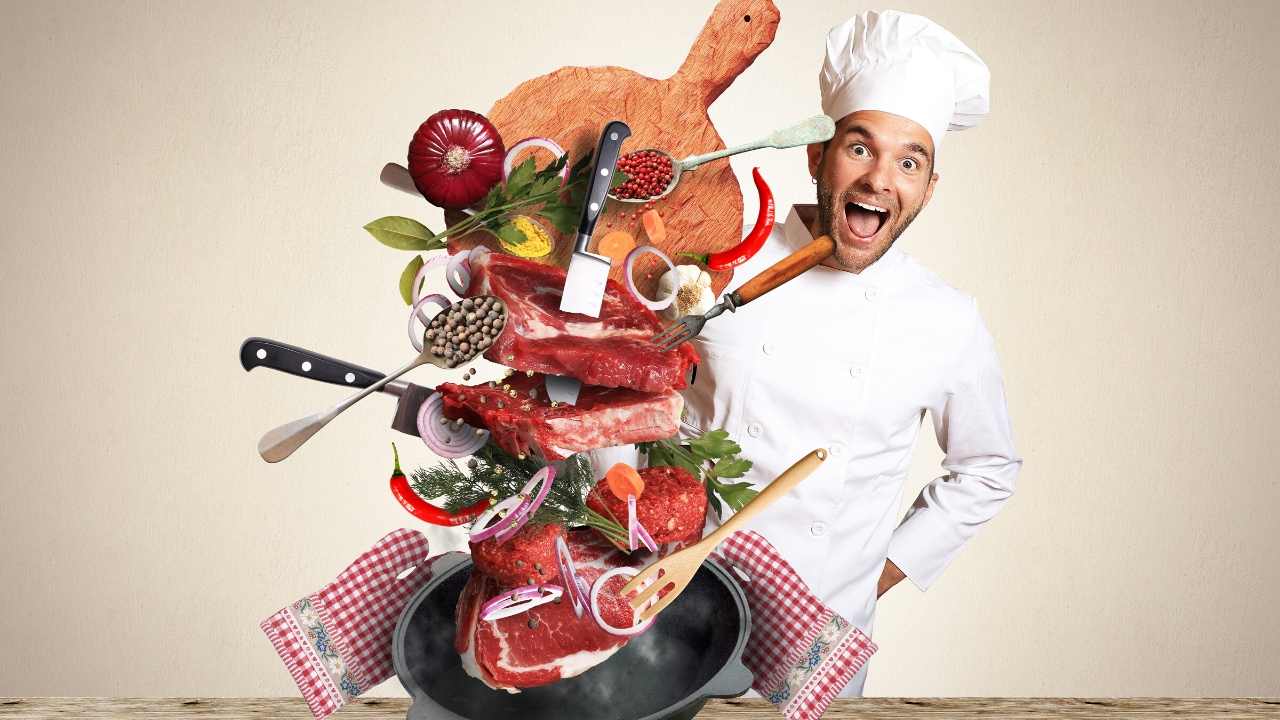 |
[TAG44]COFFEE MOANING the PODCAST ON APPLE PODCASTS: https://podcasts.apple.com/gb/podcast/coffee-moaning/id1689250679 ON SPOTIFY: |
 |
[TAG45]Are you eating healthy bread? If so, this video is a must-watch before you take another bite of those seemingly innocent slices. Bread might be a staple, but |
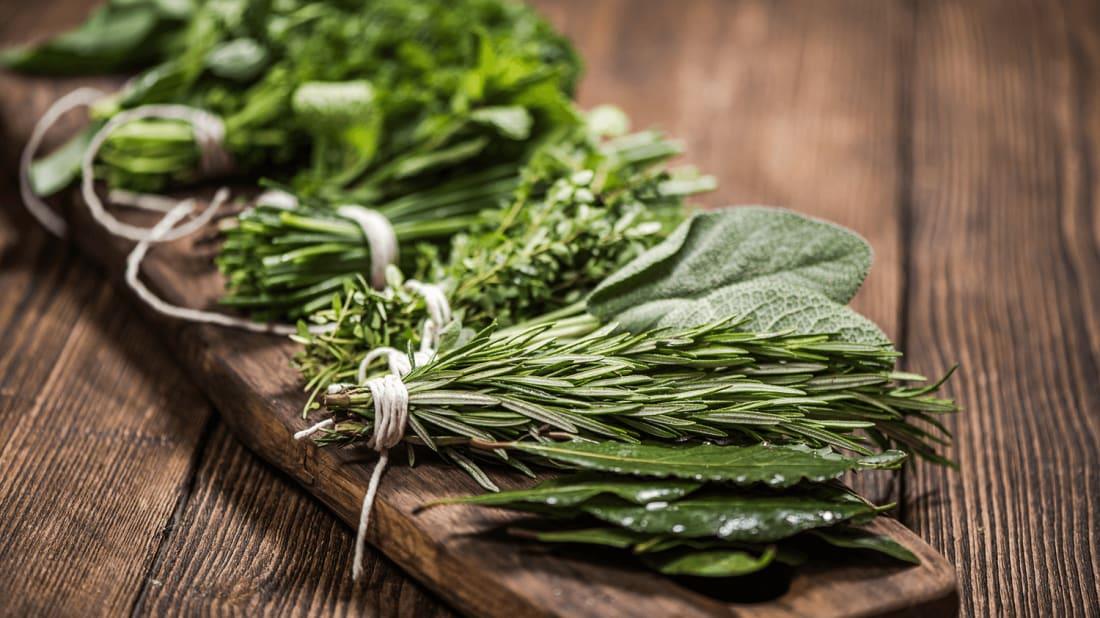 |
[TAG46]Learn herbs from respected professional herbalists offering world-class herbalist training. The NEW Professional Herbalist Course includes courses on over 600 |
 |
[TAG47]Patrick Bet-David, Adam Sosnick, Tom Ellsworth and Vincent Oshana discuss Bill Maher's appearance on Roseanne Barr's podcast where he denies knowing MK Ultra, |
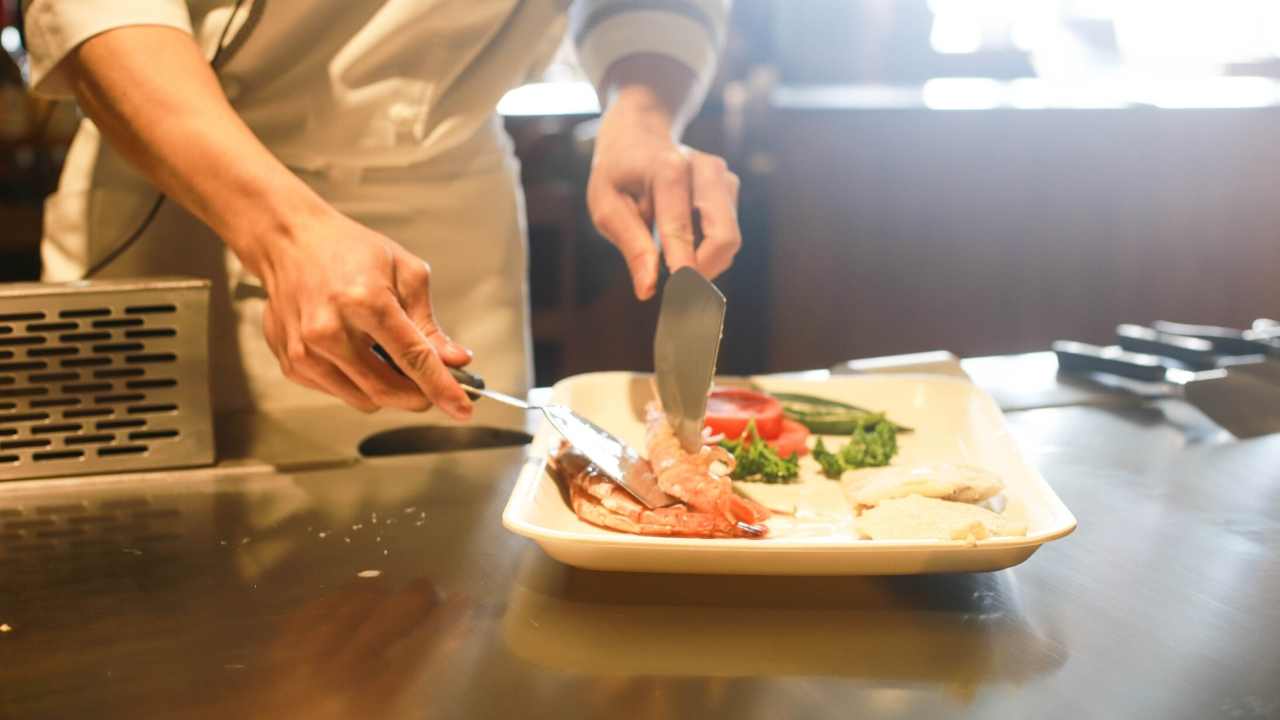 |
[TAG48]Use Code THOMAS25 for 25% off Your First Order from SEED: https://www.seed.com/thomasyt Obesity Pandemic - Willpower vs Genes vs Environment This video |
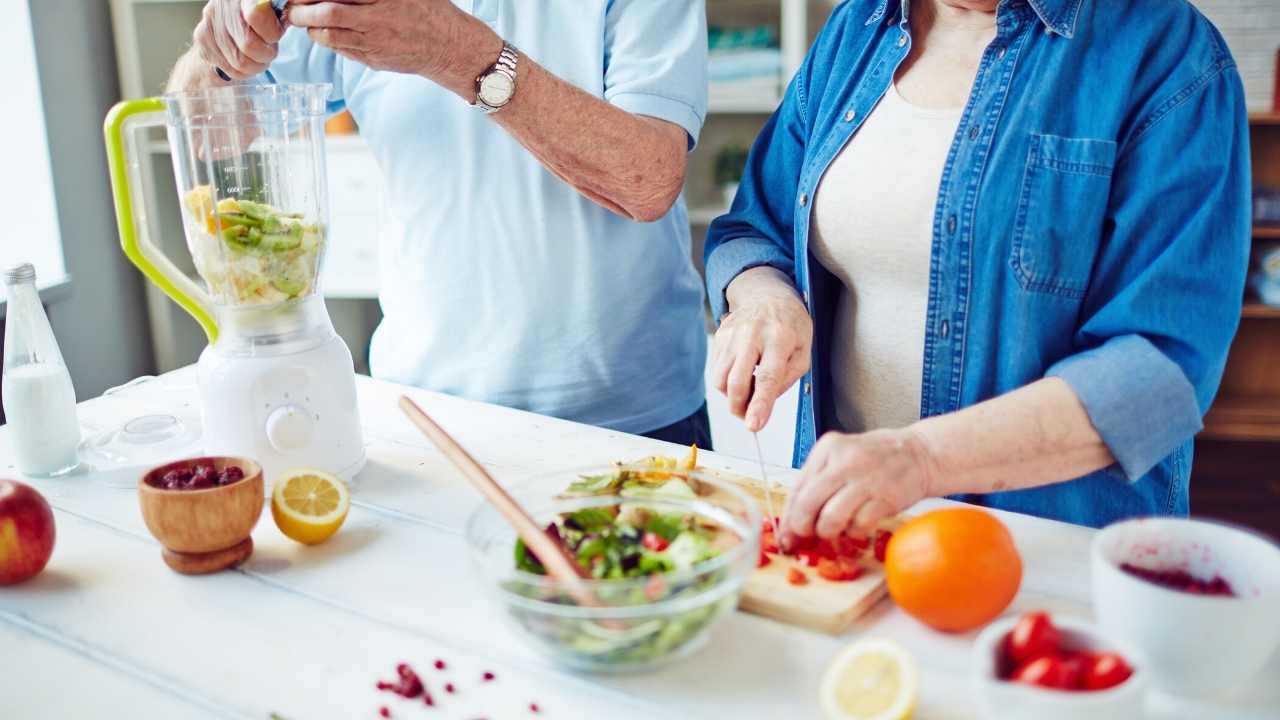 |
[TAG49]Harvesting self-grown vegetables - bursting with emotions when the old lady handed over the red book Thank you for watching my video. Wishing you good health, |
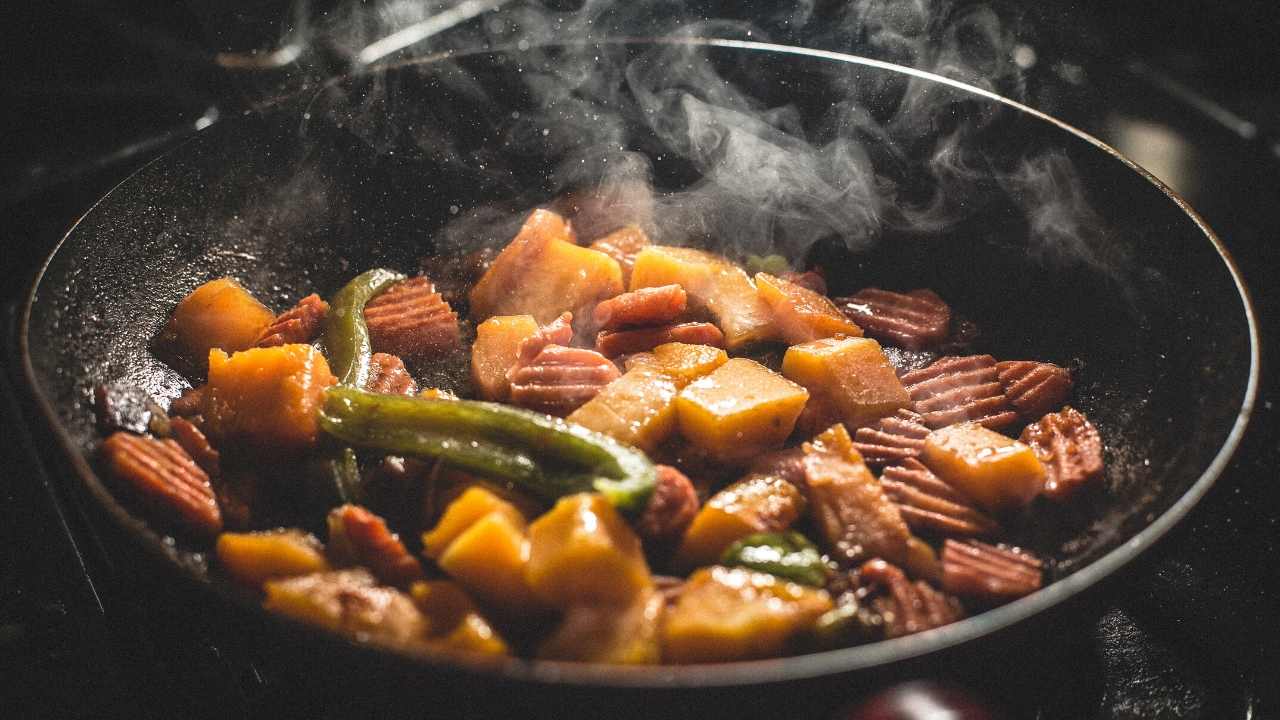 |
[TAG50]In This Video I'm Gonna Show You How To Find And Farm All 7 Herbs In Terraria! Enjoy ! :) #terraria #guide #tutorial |
 |
[TAG51]Former President Trump in recent remarks is now working to portray President Biden as a threat to democracy, saying Biden 'is the destroyer of American |
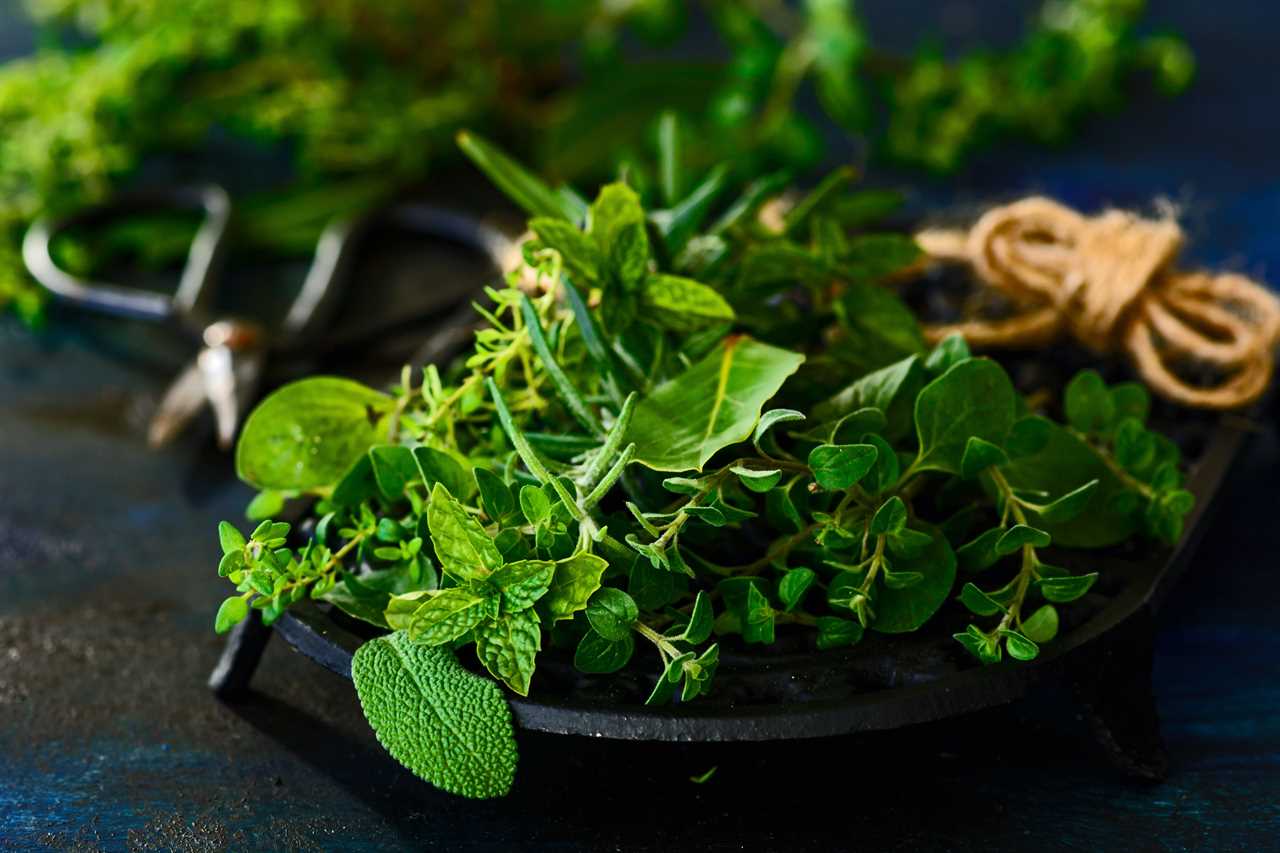 |
[TAG52]Find out more about herbs and how to use them |
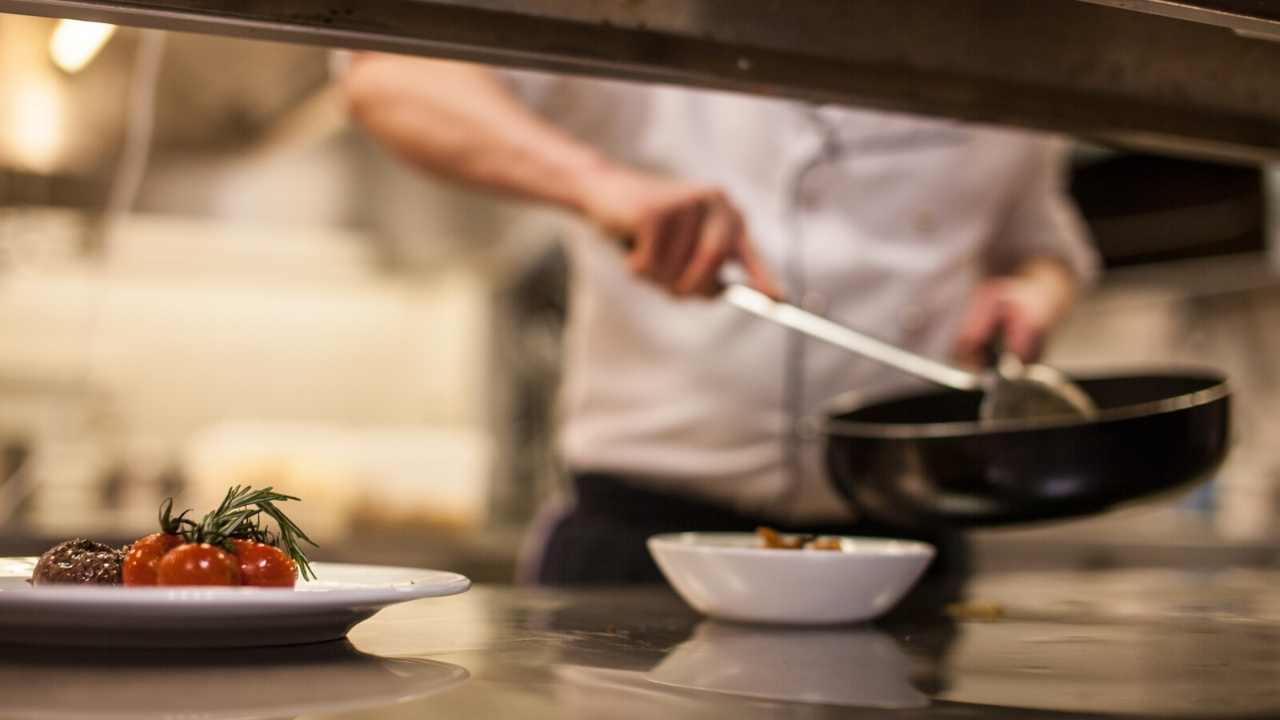 |
[TAG53]Read about our list of the best citrus bergamot supplements and how they may help to reduce cholesterol levels, balance blood sugar levels, and more. |
 |
[TAG54]SPONSORED CONTENT When it comes to finding the best herb suppliers, there are many different places you can shop. However, ... Read more |
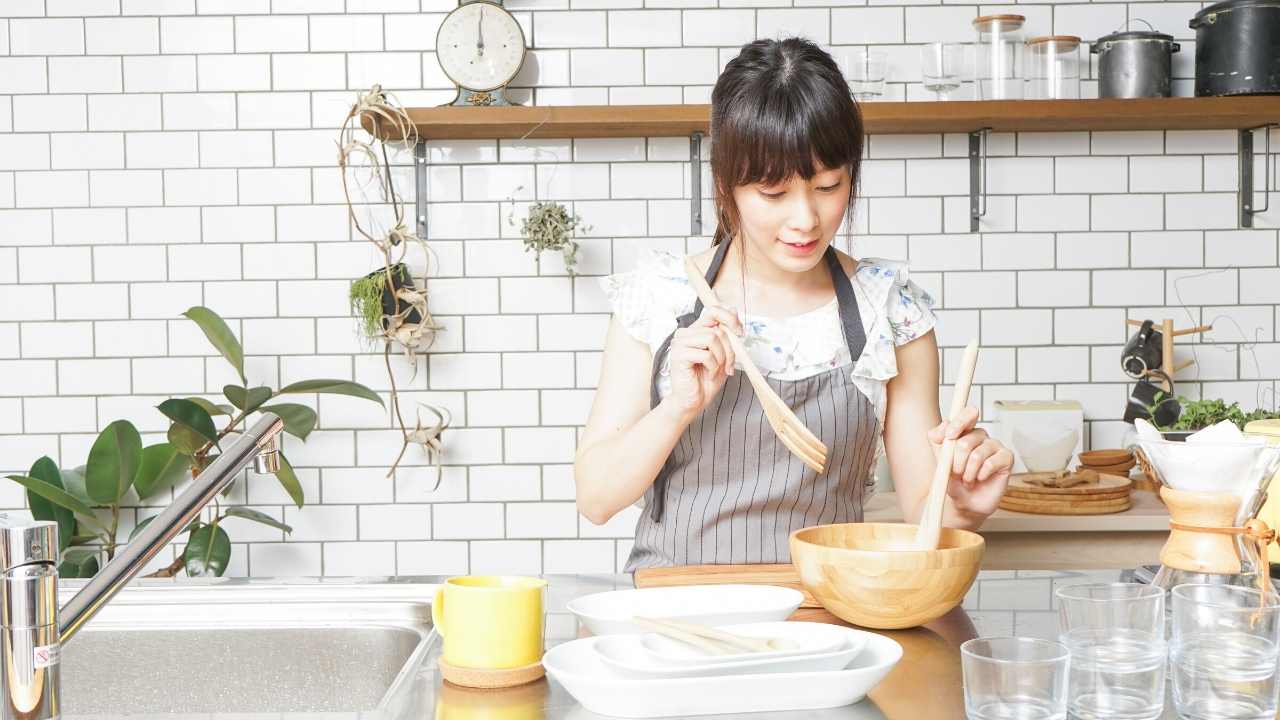 |
[TAG55]Black seed oil is a popular herbal supplement used to improve blood sugar, support heart health, reduce inflammation, enhance brain ... Read more |
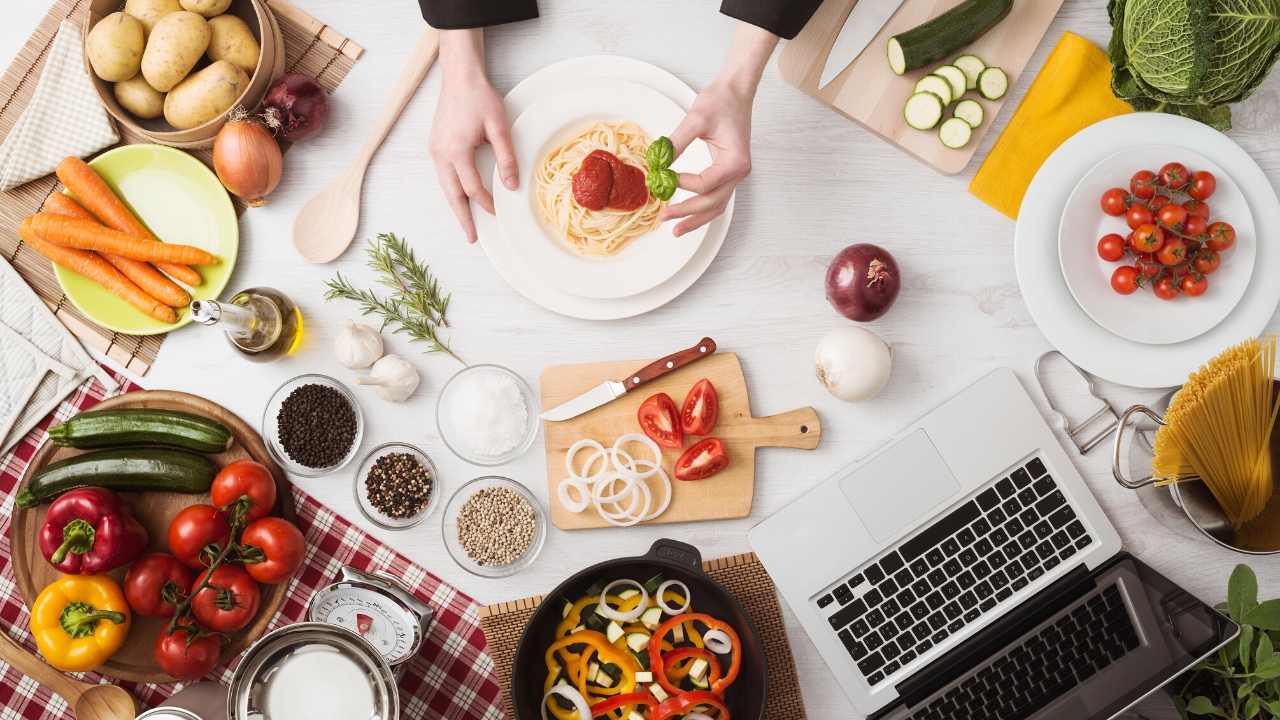 |
[TAG56]Join me in this new episode as I’m sharing five medicinal benefits of hops, as well as an interesting way for you to work with hops in a hops oil recipe. |
 |
[TAG57]In this episode, I’m sharing five steps to take so that when you do commit to a particular course of study, you’ll know you’ve chosen the very best one for YOU. |
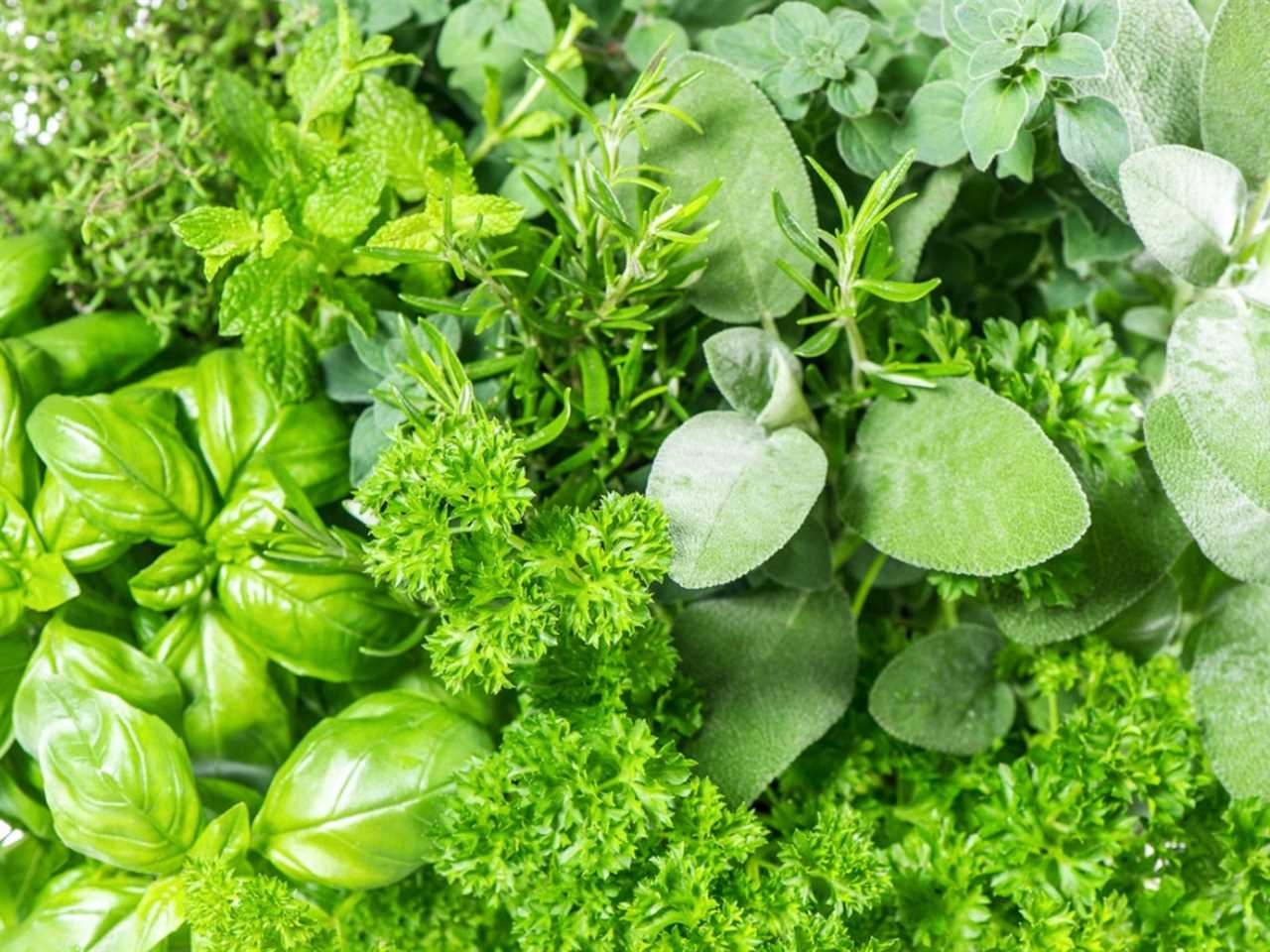 |
[TAG58]Like life, tea is what you make of it and The Cup of Life helps individuals enjoy tea in more than one way. Join me on my tea adventures through my blog! |
 |
[TAG59]Weight loss can be a great way to manage your overall health, especially if you want to reduce your risk ... Read more |
 |
[TAG60]Have you ever wondered how to become an herbalist? Herbalism is the art and science of using herbs for health. ... Read more |
 |
[TAG61]In this episode, you’ll learn all about holy basil benefits for your heart, immune system, brain health and so much more. And don't miss my new ebook! |
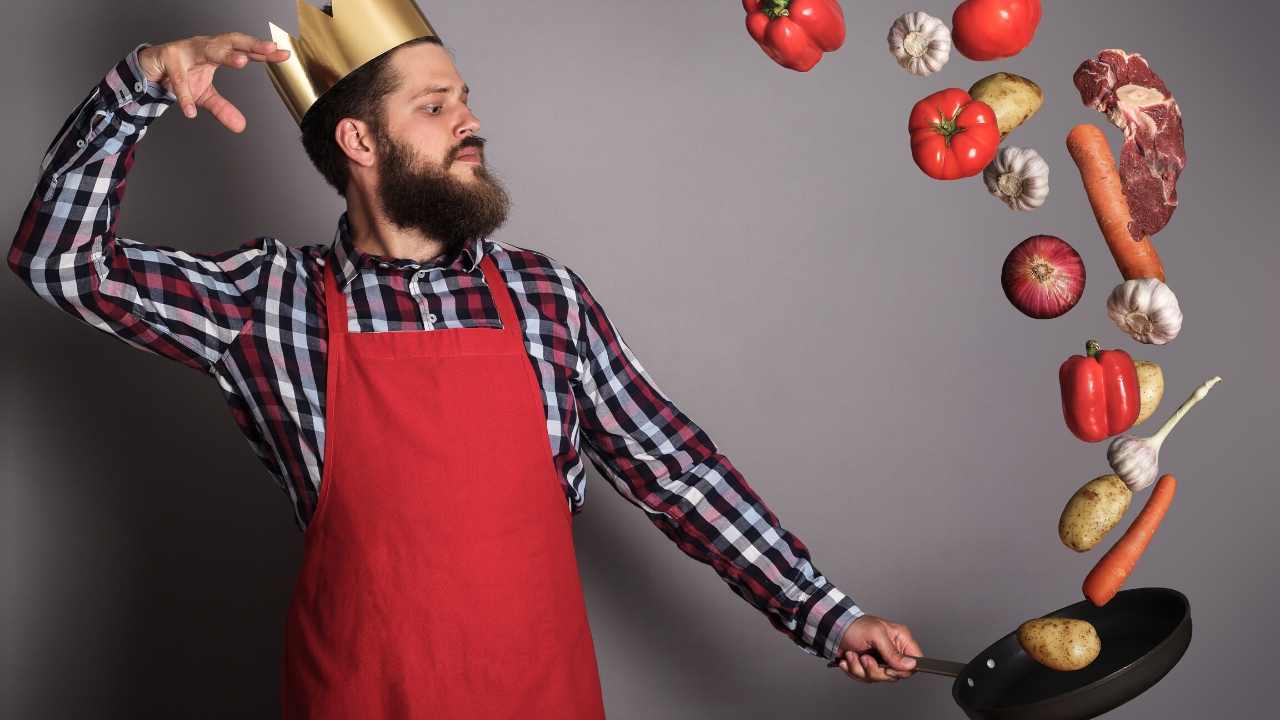 |
[TAG62]The gifts of bee balm include promoting digestion, helping you recover from colds and the flu, fighting fungal and yeast infections… and many more! |
 |
[TAG63]Find out how to make a marshmallow root tea recipe for the best marshmallow root benefits and experience one of our most healing and soothing medicinal herbs! |
 |
[TAG64]A tea assessment platform that rates teas based on objective quality markers and a sensory evaluation resulting in a list of the best teas produced each year. |
Did you miss our previous article...
https://belovedsaffron.com/herbs/quf-slide-in
.png)





